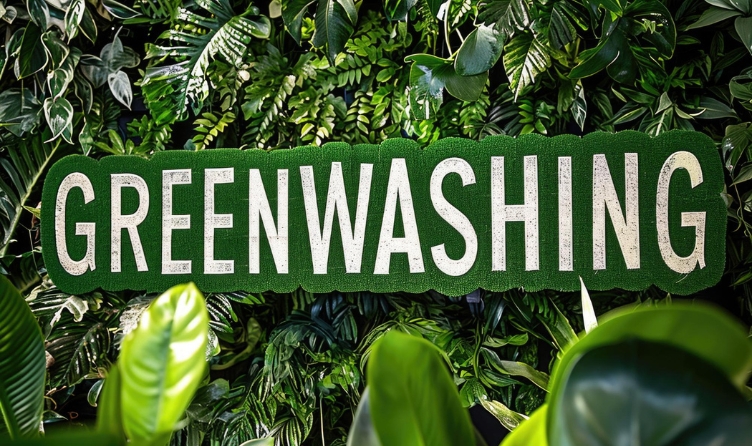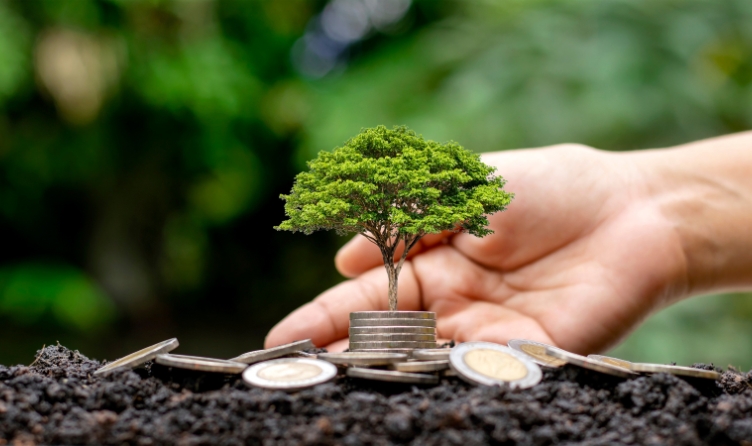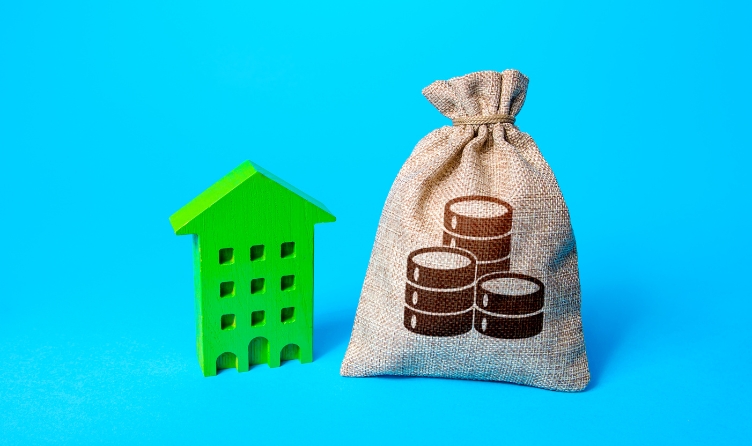Question of the Hour: What Does Greenwashing Mean in Sustainable Investing?
23 October 2024
7 Mins Read

- What is Greenwashing?
- How does it Work?
- Role of ESG in Greenwashing
- The Relation Between Sustainable Investing & Greenwashing
- The Working Catalyst
- Role of SDG
- What Does Greenwashing Mean in Sustainable Investing?
- Regulatory Impact
- Financial Impact
- Reputational Impact
- Legal Risk
- Markers of Greenwashing You Must Know as an Investor
- The Wrap!
What does greenwashing mean in sustainable investing? If this is what you need to know, then you have stumbled upon the right article. Here, we will be pointing out some of the most prominent and reliable means of identifying and combating greenwashing as an investor.
The term ‘greenwashing’ dates as far back as the 1980s. This term was coined by the famous environmentalist Jay Westerveld. Fun fact: The term was first used to refer to hotel towels. However, the term evolved and is now used for something completely different.
Let’s see how this is affecting the business community.
What is Greenwashing?

We have already covered Greenwashing in one of our earlier articles and seen how it impacts the business community along with greenwashing. However, greenwashing is not a linear subject that can be covered in one single article.
Therefore, in this article, we will answer a fundamental question: ‘what does greenwashing mean in sustainable investing? But first, let us jog our memories again and start with the fundamentals.
The term was first used to talk about the Chevron scandal. Chevron was masquerading as an environmentally conscious organization. However, later, it was found that the company was flouting several environmental norms. This is the whole essence of Greenwashing.
In other words, greenwashing is a form of entrepreneurial masquerade where companies tend to pass themselves off as sustainable and eco-friendly.
How does it Work?

Greenwashing is often called the ‘green sheen.’ This term insinuates the deceptive nature of the process. The consumer of the day tends to gravitate more towards environmentally conscious products or services.
This mentality is not new. However, the modern-day urban liberal consumer base has really popularized this.
As a result, more and more businesses have started picking up on this sensibility. Therefore, they have gone through a green rebranding. However, some companies have yet to take half-measures, as green rebranding is costly.
Therefore, greenwashing works by deceiving the customer base by masquerading as sustainable. This is usually done with the help of half-baked solutions and content.
Back in the 80s, hotels asked their customers to ‘reuse’ towels to ‘save resources.’ However, they did nothing else to lower their carbon footprint in any way whatsoever. This is a classic case of greenwashing, and over the years, the number of such cases has only grown.
Role of ESG in Greenwashing

Since we are already on the topic of greenwashing, it is only appropriate that we spare some time to discuss the ESG, the biggest weapon against greenwashing. What Is ESG? In simplicity, it is a regulatory framework.
The primary function of this framework is to monitor and assess how and what a business is doing. ESG is an acronym for the term Environmental, Social & Governance body. Therefore, the regulatory body covers a myriad of ethical and sustainable issues.
In other words, the organization’s primary aim is to keep businesses in check regarding governance, sustainability, and ethics. Therefore, this multi-pronged organization is all about keeping the wheels turning but with a sense of ethics.
The Relation Between Sustainable Investing & Greenwashing

With the fundamentals out of the way, we can finally answer the burning question of the hour: What does greenwashing mean in sustainable investing? Industry experts claim that sustainable investing has indeed skyrocketed.
Back in the year 2020, ESG funds were around $35 trillion. This figure has only grown eventually. Therefore, this shows that more and more businesses have started taking direct interest in ethical companies.
This is the precise relation between sustainable investing and greenwashing. The concern for greenwashing has also risen with the surge in a more evolved green consciousness. Companies are actually engaging in more aggressive greenwashing variants where they lie outright to their customer base.
The Working Catalyst
The rise in greenwashing is not due to one singular factor. Another significant factor that influences greenwashing is the need for a common industry standard in the sustainable investment market.
ESG is an essential credential. However, ESG ratings are usually self-appointed, in most cases and no system can stop this atrocity. Therefore, this is a primary concern among people.
Sometimes, the ratings are legitimate, but they are measured according to company standards. Therefore, there is a widespread call for unified and standard measurement parameters.
Otherwise, ESG ratings would eventually lose their credibility over time. Therefore, ESG ratings need to be scrutinized, and a standard yardstick for measurement needs to be established.
Role of SDG
This is where SDG can step in. SDG can be a valuable replacement for the archaic ESG regulations. SDG, or United Nations Sustainable Development Goals, does all the things that ESG does, but in a more efficient manner.
The SDG offers a powerful lens to help investors see through the masquerade. This can help businesses make binary choices. They can choose to be on the side of sustainable development or work towards a more disruptive goal.
The best part about SDG is its far-reaching influences covering varied aspects of business ethics. Hence, this makes it perfect for the shifting tides of ESG.
What Does Greenwashing Mean in Sustainable Investing?

Greenwashing is a deceptive step businesses take to masquerade themselves as sustainable and environmentally conscious. However, the reality is different, even though regulations are meant to check such behavior.
The biggest challenge in tracking greenwashing cases is the general need for more regulation to curb such behavior. As a result, the number of cases is rampant. But how is this affecting the sustainable investing landscape?
The effects of greenwashing can be felt in three primary areas. In this section, we will be looking at these areas of concern. Just remember that greenwashing has a myriad of impacts. Therefore, listing or categorizing some of them is only possible.
Let’s go!
Regulatory Impact
The foremost impact of greenwashing is compliance and regulatory implications. Whenever such a case comes to light, the business ecosystem tends to be affected majorly. In other words, the ecosystem gets tarnished. Every business is seen with a shade of suspicion.
This results in significant regulatory impacts. In some cases, stringent regulations are imposed. Regulations that can make things difficult. Which in turn can affect how the business landscape functions.
Financial Impact
Another significant impact of greenwashing is the financial side of things. If a firm is found to be lying about its economic status, then it is liable to heavy penalties. This can completely derail the overall working of the business.
On the other hand, if an investee poorly manages the threat of greenwashing, it risks its money and reputation. In such cases, the investee might end up losing money and respect at the same time.
Furthermore, greenwashing is often associated with greenwashing. Greenhushing is withholding information about sustainability, which is again a great way to lose money trails and end up losing.
Reputational Impact
The most significant impact of greenwashing on the world of sustainable investing is its reputational impact. No business, investor, or client would want to associate with a company known for deception.
This can have a widespread impact on the business reputation of the respective company. In fact, in severe cases, the company can even get banned. As a result, this is one of the most significant and most challenging impacts of greenwashing on businesses.
Legal Risk
Well, there is no actual legal implication of greenwashing. Yes, it is looked down upon to a great extent but there are no legal implications. However, there have been instances of lawsuits filed by environmental groups.
The Chevron Scandal was one such incident where the company faced major lawsuits as they were caught deceiving the public. Therefore, there are no actual legal implications of Greenwashing. However, it can expose you and tarnish your company’s reputation, nonetheless.
Markers of Greenwashing You Must Know as an Investor

As an investor, you must know how to identify markers of greenwashing. Thankfully, seeing through an organization’s lies has been made easy with the help of technology adoption.
Still, knowing the markers of greenwashing can help you understand what greenwashing means in sustainable investing. Here are some of the most blatant markers of greenwashing at present:
- Lack of transparency is one of the foremost markers of greenwashing and greenwashing. Therefore, look for companies and see how transparent they are.
- Exaggerated claims are the second marker of greenwashing. If you see a company overly using terms like “eco-friendly,” “green,” or “sustainable,” something might be off.
- Some businesses would use diversion instead of outright deception. They would like to highlight minor improvements or unrelated charitable contributions. This is to divert the attention towards a more neutral side of things.
- Overtly green branding is another suggestive marker of greenwashing. Businesses that greenwash tend to brand themselves as clean and green, But the reality is completely different.
- The final marker that you should look out for is false certification. These are the crux of greenwashing. Every business that greenwashes its identity would present its investors, clients, and peers with false certificates.
The Wrap!
In summation, that is all there is for our article answering the burning question: what does greenwashing mean in sustainable investing? Greenwashing and sustainable investing have become intertwined, and there is no proper way to separate them.
However, knowing about the markers of greenwashing and the sustainable investment market should give you some heads up. Hopefully, we were able to help you with that.
Read More:



















Comments Are Closed For This Article